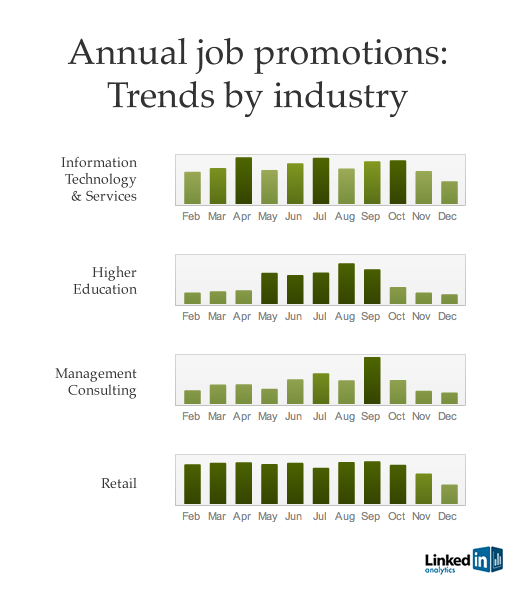
Every time Facebook changes its interface, an outcry erupts in my News Feed. Without fail, my network transforms into a village and Mark Zuckerberg is our Frankenstein. Minor tweaks send us into an outrage, and we want Facebook’s head on a platter for our momentary confusion. But then a few days pass, and instead of anger, we see adaptation. The voices of dissent subside and we’re back to business as usual. After all, you’d be hard pressed to find anyone who can recount exactly what the first Facebook profile was like. Furthermore, it’d be difficult to find someone who cares.
This, according to Jim Boulton of Story Worldwide, is the future of the Internet. In five years, we’ll be singing ‘Social Killed the Webpage Star.’ The rise of interactive, user-specific pages will replace the stationary web pages that were once the core of the Internet. The Internet will be undergoing constant metamorphosis, making it impossible to freeze in time. [That is, unless the concept behind the San Francisco based startup BO.LT takes off.]
“Five years from now, there’ll be no such thing as a webpage,” Boulton tells me. He’s the curator of Digital Archeology, an exhibit that charts pivotal moments in web design over the last twenty years. I was initially confused by this sentiment – what would the Internet be without web pages? But in studying the contents of Digital Archeology, Boulton’s meaning became clear. A notable shift takes place in the early-2000s: the Internet mutates from a series of web pages that appear uniform to anyone looking at them into an interactive, mutable experience to be controlled and manipulated by the user viewing it.
The Barbarian Group’s 2004 campaign Subservient Chicken allowed users to control a costumed chicken by typing commands that the chicken would react to via web cam. 2006’s We Feel Fine constantly searches for new occurrences of any number of ‘feeling’ phrases, categorizing the world’s feelings by age, gender, weather, and location. HBO’s Voyeur, created by BBDO / Big Spaceship in Flash CS3, allowed users to act as voyeurs by zooming in and out of New York City apartments – a perfect example of multichannel storytelling. And the functionality of these sites, much like our Facebook and Tumblr dashboards, is unique to the user. Because of that, they’re impossible to archive.
The web of the ‘90s was a blank slate. There were no standards, there was no direction. Many of the original ‘cowboys’ didn’t have a background in computer science – they were photographers, poets, artists, and even gardeners. The idea behind archiving sites that have long since been overwritten or deleted altogether is to pay homage to those who propelled the Internet to new heights – and to the ideas they implemented.
“Internet Archive’s The Wayback Machine is great but only started archiving sites in 1996 and initially only harvested the text from these sites. Many of the early sites that wrote the rules of interaction used JavaScript, dynamic content and Flash and are not comprehensively archived,” Boulton explains.
While he acknowledges that the responsibility for archiving sites is much too large to place on one agency, Boulton hopes his exhibit will serve as a call to arms in the industry. “The responsibility lies with the agencies, organizations, brands and individuals who are creating the websites. My company, Story Worldwide, wants to raise the profile of website archiving and encourage everyone within the industry to take it seriously, especially those that were building websites in the ‘90s,” he says.
The process of collecting code proved to be challenging and illustrated just how many designers don’t save prior iterations of their work. Many of the landmark sites Boulton sought to include are now lost to the ether, including the first version of what AdWeek named “Digital Campaign of the Decade,” Nike+, a site that has been overwritten each time it’s been updated. “This a common problem, because it’s so easy to publish a website the media is often thought of as transitory or disposable.”
Other agencies approached by Boulton were disinterested in putting their past on display, insisting that they’d rather focus on the future. Ajaz Ahmed of AKQA told Boulton that his agency is inspired by the future and doesn’t celebrate the past – a trait Boulton believes to be common and vital in an industry where competition rides high and innovation is necessary. Still, it’s to the detriment of the archiving process.
With the cooperation of the original developers, Story Worldwide was able to resurrect the websites that shaped and invented design standards – including The Project, the Internet’s first website. Published in 1991, The Project made it possible for users to connect and share documents from their personal computers. The interface was simple and boasted a scrollbar on the left-hand side of the browser window.
“Someone had to decide to move the scrollbar to the right-hand side, where it is now,” Jim explained, referring to the Nexus browser The Project was displayed on. These minor changes in aesthetic might seem inconsequential, but the details that make up the history of web design would’ve been lost had Story Worldwide not dredged up these pioneering browsers, hardware, and websites.

The future of the Digital Archeology exhibit taking place in New York City depends on the cooperation and enthusiasm from the leaders of the early Internet. “The end goal is to make sure the early pioneers are remembered and the building blocks of the web they created are preserved. Story intends to build a permanent collection of formative sites; showcased on the hardware and software they were built on and for and are talking to various potential partners about how best we might achieve that.”
What sites do you wish were resurrected?
Get the TNW newsletter
Get the most important tech news in your inbox each week.




